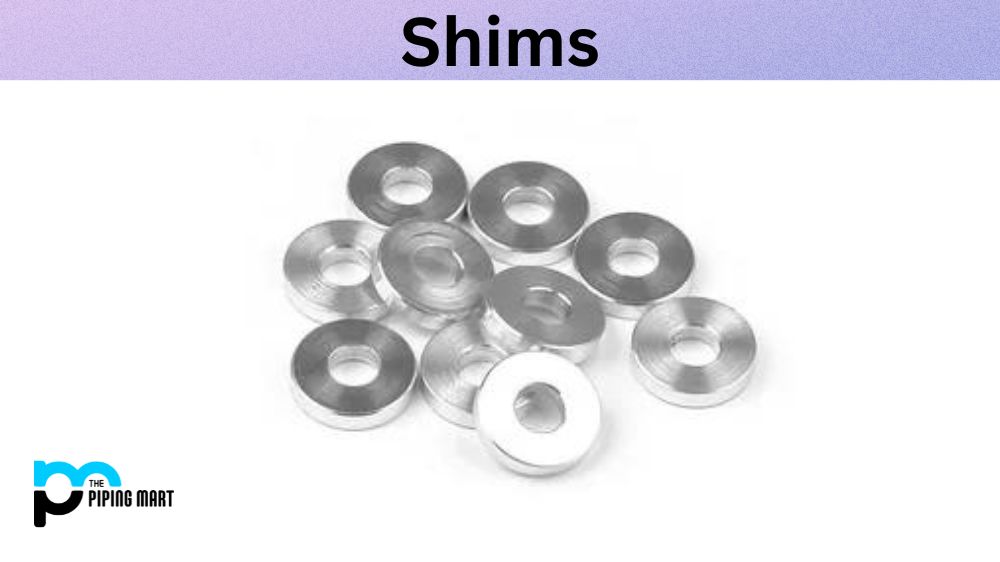When it comes to metal fabrication, one can use a few different processes. In this blog post, we will be discussing two of the most common processes: stamping and casting. Both methods have pros and cons, but understanding their differences is key in selecting the right process for your project.
Stamping of Metal
Stamping is a process used to shape or cut metal into a desired form using a press machine. The press machine applies force on a workpiece and uses dies in order to create precise shapes. This method is often used for manufacturing medium-volume parts with high accuracy and repeatability. It also has the added benefit of being cost-effective; since material waste generated from stamping is much less than other processes, such as machining, it’s ideal for projects that need to be completed within tight budgets. However, one downside of stamping is that it can only create flat parts, so complex shapes may not be possible with this method.
Casting of Metal
Casting is a process where molten metal is poured into moulds in order to create objects with complex shapes. This method gives more freedom regarding design options; casting allows you to easily produce curved surfaces or intricate details that would otherwise be difficult or impossible with stamping. However, one downside of casting is that it has higher material costs because molten metals expand during solidification, resulting in some material loss during the cooling process. Additionally, castings also require more time for production due to the mould-making process, which adds an extra cost factor as well.
Difference Between Stamping and Casting of Metal
Advantages of Stamping
Some of the advantages of stamping include its speed, efficiency, and repeatability. As stamping is a relatively quick process, it can be used to create large quantities of parts in a short amount of time. Additionally, stamping is an efficient process that minimizes waste material. Finally, stamping produces parts that are identical to each other, which is important for many applications, such as car manufacturing.
Advantages of Casting
Some of the advantages of casting include its flexibility, accuracy, and durability. Casting allows for greater flexibility in the design of the final product, as there are no restrictions on the shape of the mould. Additionally, casting is a very accurate process resulting in little waste. Finally, castings are very durable and are often used for products that will be subject to high levels of stress or wear and tear.
Disadvantages of Stamping
Some of the disadvantages of stamping include its limited design options and its potential for damage to the metal. The design options for stamped parts are limited by the size and shape of the die, which can restrict the creativity of the designer. Additionally, stamping can cause damage to the metal, such as work hardening or cracking.
Disadvantages of Casting
Some of the disadvantages of casting include its slower speed and its potential for defects in the final product. Casting is a relatively slow process when compared to stamping, so it may not be suitable for applications where speed is important. Additionally, casting can result in defects in the final product due to imperfections in the mould or problems with the cooling process.
Conclusion
In conclusion, both stamping and casting offer unique advantages depending on what type of project you need to be done. While stamping offers lower costs and faster production times, it does have its limitations when it comes to shaping complex objects; on the other hand, casting provides more flexibility in terms of design complexity but comes at higher production costs and longer lead times. As a result, understanding how each process works will help you decide which method best fits your needs when manufacturing metal components for your project!
Meet Heer, a dynamic and driven writer learning tricks of her trade in the metal industry. With a background in Digital Marketing, Heer brings a unique perspective to her writing, sharing valuable insights. Apart from blogging she like reading and hiking.




